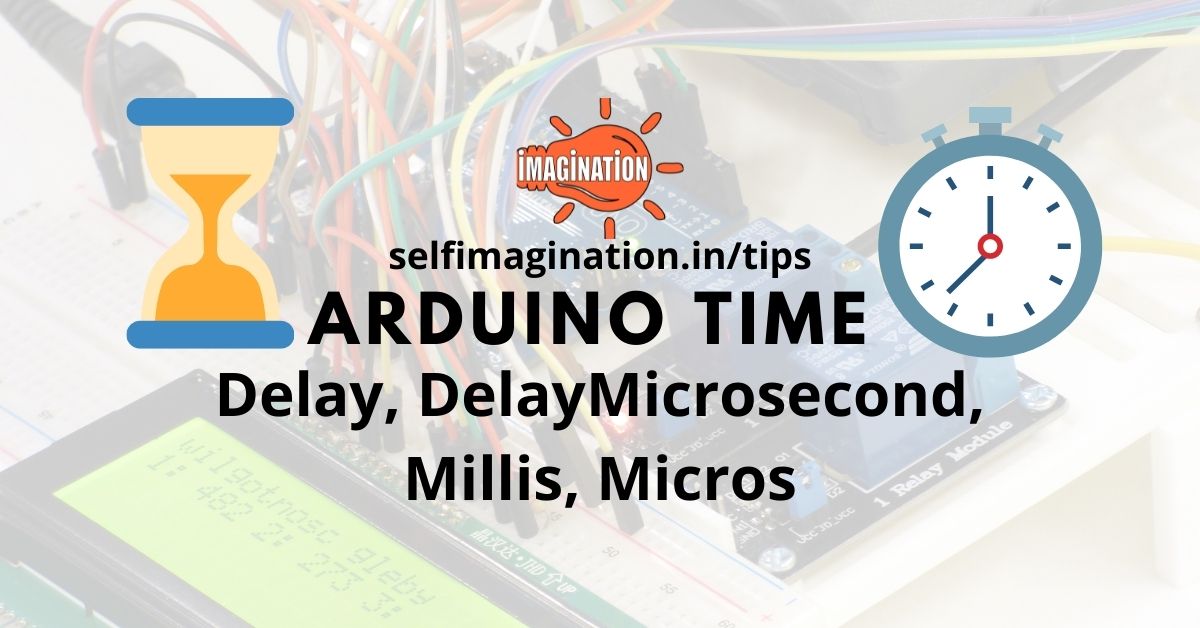
In such a case, you can use the millis() command to set each task to occur when the counter reaches a certain difference (such as blinking every 500ms and printing out every 1500ms). If, however, your task involves more “moving parts” (such as blinking the LED and periodically printing out a counter), you’ll need millis() to do that. Bestimmte Dinge laufen jedoch weiter, während die delay () -Funktion den Atmega-Chip steuert, da die delay () -Funktion Interrupts nicht deaktiviert. By the way, Arduino is open-source, so you dont have to guess how delay is implemented: Source. Erfahrene Programmierer vermeiden normalerweise die Verwendung von delay () für das Timing von Ereignissen, die länger als 10 Millisekunden sind, es sei denn, der Arduino-Sketch ist sehr einfach. After all, the unit doesn’t need to accomplish anything else in the time that the LED is on or off. The correct 'delay'-equivalent would be: unsigned long start millis () while (millis () - start < 1000) It still pauses everything on the board, though, see the 'Blink Without Delay' example for an alternative. In practical terms, while the delay() function interrupts the other processes – essentially putting everything on hold – the millis() command can establish timing without interrupting other functions, enabling a sort of “multitasking” effect.įor a very simple sketch, like making an LED blink without other functionality, the delay() command may be sufficient.

The millis() command, on the other hand, bases its timing on changes in a timer that starts at 0 and continues to advance, unrelated to other activities, then pauses and begins again. Simply put, the primary difference is that the delay() command regulates the timing of an activity (such as blinking an LED) by temporarily suspending nearly all of the Arduino’s functions for a specified amount of time. The differences, however, are what make the millis() command really shine. You can use both delay() and millis() commands to regulate the timing of operations.
#Arduino delay time how to
Here, we’ll clarify the difference and examine how to start using the Arduino millis() command effectively. It is the most direct replacement for the Arduino delay() method. Or you could make a 1 second loop, or whatever you choose.Despite sharing some superficial commonalities, these two commands are quite different and useful for different kinds of applications. A single shot delay is one that only runs once and then stops. A more useful solution might be to make a loop taking say 20 milliseconds to run, as the result of a delay() and a few housekeeping operations, and then run this over and over again while counting.

Note that the Arduino delay() function is blocking, which is to say that nothing else (except interrupts and on-chip hardware peripherals) runs during it.

At an extreme, by using up available memory for keeping track of such counting, you can readily achieve theoretical delays exceeding the age of the universe. millis(), micros() - Stardard Arduino functions for the system time in milliseconds and microseconds. However, you can easily achieve longer delays by using counting variables to count up instances of shorter delays. delay(), delayMicroseconds(), delayNanoseconds. Since these are milliseconds, the maximum delay() would be 4,294,967.295 seconds, or about 49 days. The argument is an unsigned long which on a 16-bit Arduino is a 32-bit unsigned integer type, having a maximum value of 4,294,967,295.

The arduino delay() function creates a blocking delay of the provided number of milliseconds. Note: there's an existing question here this should be closed as a duplicate of, but that is proving hard to find.


 0 kommentar(er)
0 kommentar(er)
